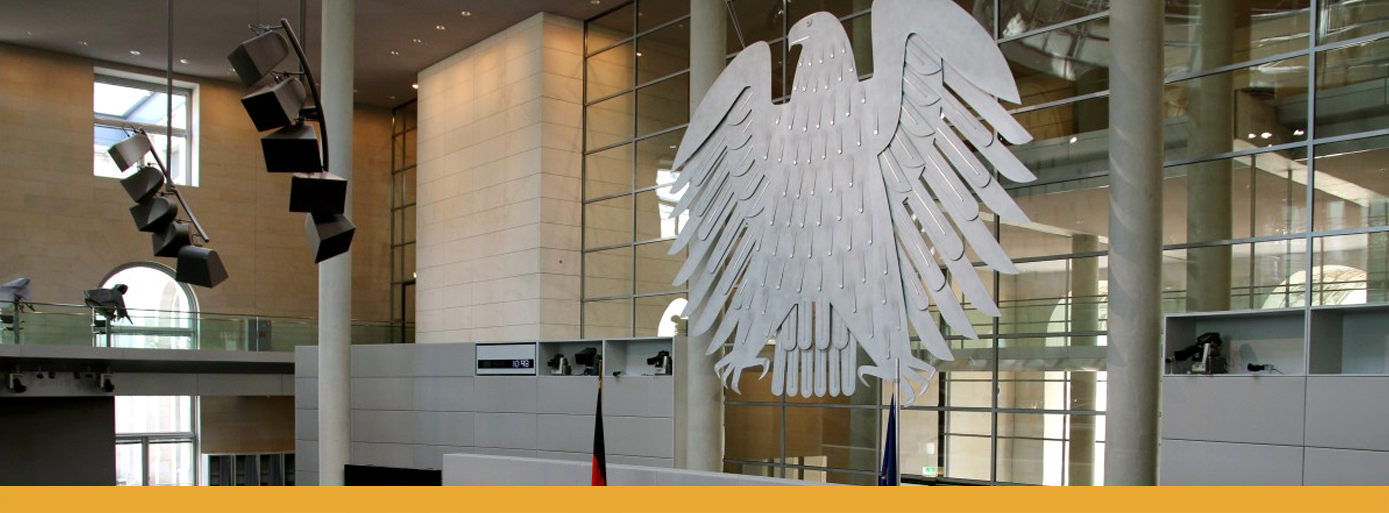The road to German ratification of the Unified Patent Court (UPC) Agreement is closer

Following on from our post of 12 July 2021, for the European patent with unitary effect and the Unified Patent Court (UPC) to enter into force, it is mandatory for Germany to ratify the Agreement, and Germany will not do so until the preparations for its operation are in place. This requires at least one more signatory country to ratify the Provisional application protocol that will set in motion the practical preparations such as the election of judges, the IT management system, etc.
The Austrian National Council in plenary session on Friday, 19 November, approved the bill enabling Austria to ratify the Protocol of provisional application. The processing of the draft law is still ongoing. When Austria ratifies the Protocol and deposits the instrument of ratification of the UPC with the Council of the European Union, enough countries will have ratified it so that preparations for the introduction of the Unified Patent Court and the European patent system with unitary effect can begin. It is expected that this can happen before the end of the year.
Still to be resolved is the replacement of the role of the UK, which is no longer part of the Agreement after Brexit, and in particular the designation of London as one of the three seats of the Court’s central division. After Brexit, Italy will replace the UK as one of the three signatory countries with the most patents in the year before entry into force. The provisional transfer of the seat’s functions from London to Paris and/or Munich, or its relocation to Milan, is being considered. The alternative of renegotiation and re-ratification could be complicated and have the effect of bringing the fine-tuning of the system to a halt once again. However, changing the headquarters without changing the Agreement may cause some legal problems.
The UPC preparatory committee is confident that pragmatic and legally sound solutions will be found that will allow the unitary patent system to become functional in the near future and estimates that it could be operational by the end of 2022. For some, this is a very optimistic date.

